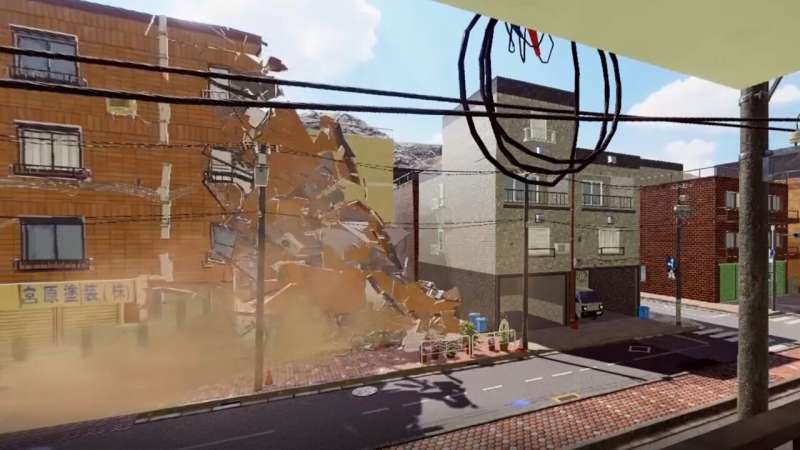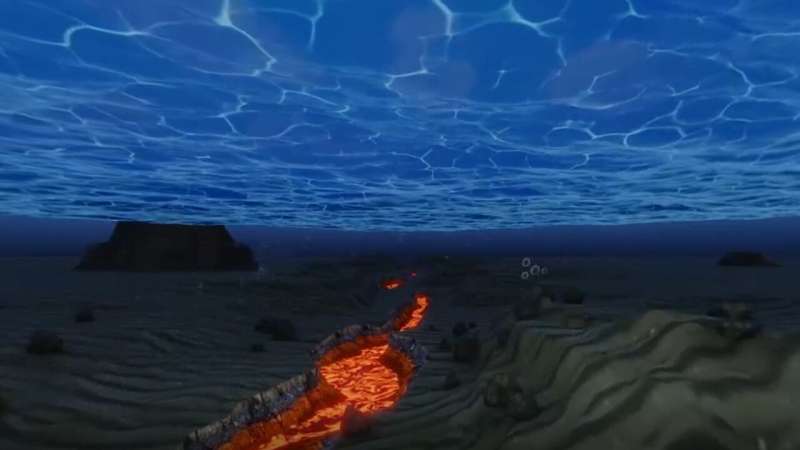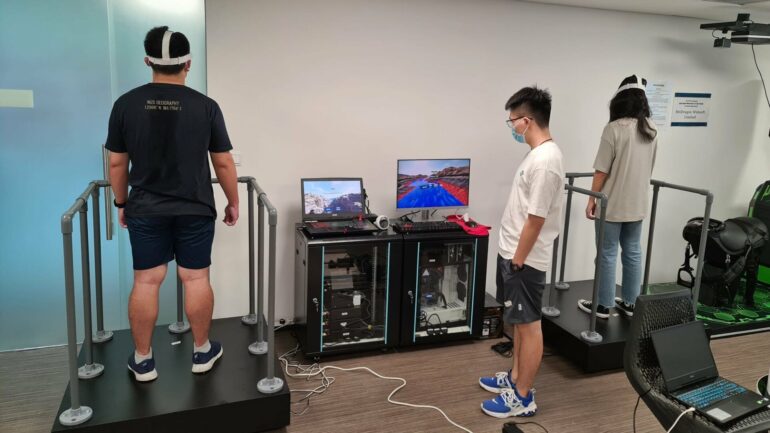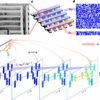You are standing in an apartment when you hear on the news that an earthquake has struck. Soon you feel your body sway and the ground starts to shake, the intensity increasing until the shelves on the walls and items on the table fall off.
For 10 seconds it stays that way, loud rumbling filling your ears, and you feel an immense urge to crouch down and hide. Then, as quickly as they came, the tremors gradually die out.
Upon taking off your headset, your turbulent surroundings dissipate and you find yourself back on safe and stable ground at NUS—thankfully.
Through the use of virtual reality (VR) technology and a vibrating platform, also known as a shake board, students will soon not only learn about earthquakes through slideshows but get to experience them too.
This is particularly eye-opening for students in Singapore where earthquakes are non-existent, said Associate Professor Feng Chen-Chieh from the Department of Geography.

Simulation scenarios include a major earthquake as viewed from an outdoor environment. © National University of Singapore
While the city-state sits outside of the Pacific Rim of Fire and is hence spared natural hazards like earthquakes and volcanic eruptions, NUS undergraduates can now experience the tremors first-hand through the project supported by the Learning Innovation Fund—Technology (LIF-T).
The VR-based learning environment not only plugs a gap in earthquake education, where fieldwork is limited, but also simulates the earth processes that lead to earthquakes, such as plate tectonic movements.
“Fieldwork involves visiting specific sites, but the best thing you could see is a crack in the land surface, a fault line, or a volcano. So, there is some indication of an earthquake, but it is static because, of course, you don’t want to be there when the ground is shaking,” said Prof Feng.
But getting to this point has not been easy, he shared, with COVID-19 delaying the project by close to a year due to supply chain disruptions.
The team also had to surmount another obstacle—creating virtual scenarios that they, and in some cases, all humanity, have not witnessed personally.

The VR tech depicting a divergent plate boundary scenario allows students to witness the earth processes involved up close. © National University of Singapore
How to shake: Re-creating unseen events
As a Taiwanese, Prof Feng has encountered several earthquakes, the most recent being just last December when he was on vacation back home, which had him grabbing onto the desk for 10 seconds during a Zoom meeting with colleagues.
While he knows how earthquakes occur, he has not seen the many earth processes that either happened millions of years ago or take place at areas inaccessible to humans.
Take the formation of mid-ocean ridges as an example. They occur along divergent plate boundaries deep underwater, where tectonic plates spread apart, creating new ocean floor. As the plates separate, molten rock from within the earth rises to the seafloor, producing volcanic eruptions and in turn, earthquakes.
Representing a divergent plate boundary in deep water in VR is challenging, as “no one has actually seen this in reality, so we had to imagine how they look based on published materials,” he said, adding that the team had many discussions on how the phenomenon could be portrayed to facilitate learning earthquake concepts. Eventually, they settled on mimicking the experience of diving to the ocean floor.
There was also the issue of ensuring the domain knowledge experts—the NUS team—and the graphic designers understood each other. This required various refinements along the way to make sure that the depictions were accurate yet engaging.
Technology-enhanced learning: The future of education
The project was Prof Feng’s first involving VR, but he learned the ropes quickly. Through the LIF-T grant, he was connected to John Yap, a senior manager of NUS IT department who not only helped him with the technicalities of VR, but also advised him about potential pitfalls. These included the risk of students losing concentration, feeling uncomfortable, or experiencing vertigo if the program exceeds three minutes.
He was also connected to Prof Marcelo and Dr. Lee of Mechanical Engineering, who assisted on system integration, especially the synchronization of VR, which provides perceptual feedback, and the vibration board, which provides physical feedback. Now, with these hurdles crossed and the system built, the team will soon be testing the system on students to evaluate the effectiveness of the VR environment in improving learning.
While there are no concrete plans to expand the project yet, the team has some preliminary ideas to create new scenarios. They include simulating cascading natural hazards such as an earthquake followed by a tsunami, or how natural hazards affect the built environment.`
Although such VR environments will not completely replace slideshows, they will certainly make learning more immersive.
“Our ultimate goal is to enhance our students’ experiences in the classroom, adding a touch of realism to earth science concepts that can sometimes be hard to visualize especially when they happen over millions of years. We compress that into a matter of seconds,” he said.
Provided by
National University of Singapore
Citation:
Feel tremors under your feet or watch an ocean bed split open: VR tech brings geography lessons to life (2022, March 1)



